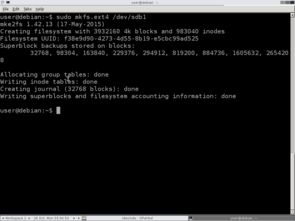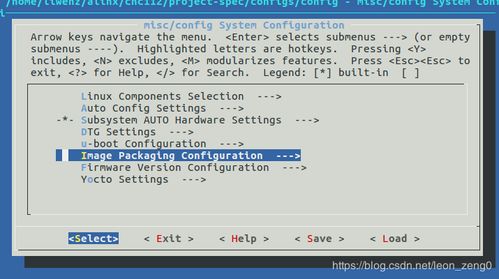
Understanding the Linux File System: A Detailed Guide for You
When you delve into the world of Linux, one of the most fundamental aspects you’ll encounter is the file system. It’s the backbone of your operating system, managing how files, directories, and other data are stored and accessed. In this guide, I’ll walk you through the intricacies of the Linux file system, providing you with a comprehensive understanding of its various dimensions.
What is a File System?

A file system is a method used to organize and store files on a storage device. It provides a structure that allows you to create, delete, and manage files and directories efficiently. In the case of Linux, there are several file systems available, each with its own set of features and benefits.
Common File Systems in Linux

Here are some of the most commonly used file systems in Linux:
| File System | Description |
|---|---|
| ext4 | Ext4 is the most widely used file system in Linux. It’s known for its stability, scalability, and support for large files and file systems. |
| ext3 | Ext3 is an older file system that’s still used in some Linux distributions. It’s similar to ext4 but lacks some of its advanced features. |
| ext2 | Ext2 is the predecessor to ext3 and ext4. It’s still used in some embedded systems and for older Linux distributions. |
| NTFS | NTFS is a file system commonly used in Windows. It’s also supported in Linux, making it easier to share files between Windows and Linux systems. |
| ext4 | As mentioned earlier, ext4 is the most popular file system in Linux. It offers improved performance and features over its predecessors. |
Each file system has its own strengths and weaknesses, and the choice of file system depends on your specific needs and use case.
File System Hierarchy

The Linux file system follows a hierarchical structure, starting with the root directory, represented by a forward slash (/). From there, you can navigate through various directories to access files and other resources. Here’s a brief overview of the most important directories:
- / – The root directory, containing all other directories and files.
- /bin – Contains essential user command binaries.
- /etc – Stores system-wide configuration files.
- /home – Houses user home directories.
- /lib – Contains shared libraries and kernel modules.
- /proc – Provides a virtual filesystem that contains information about running processes.
- /sys – Contains information about the system hardware and devices.
- /var – Stores variable files, such as logs and spool files.
This hierarchical structure makes it easy to navigate and manage files and directories in the Linux file system.
File Permissions
One of the key features of the Linux file system is its robust permission system. It allows you to control who can read, write, and execute files and directories. Here’s a quick rundown of the permission types:
- Read (r) – Allows you to view the contents of a file or directory.
- Write (w) – Allows you to modify or delete a file or directory.
- Execute (x) – Allows you to run a file or access a directory.
Permissions are assigned to three categories: owner, group, and others. You can set different permissions for each category, giving you fine-grained control over access to your files and directories.
File System Mounting
Mounting is the process of making a file system accessible to the Linux operating system. This is done by associating a file system with a directory in the file system hierarchy. Here’s how
